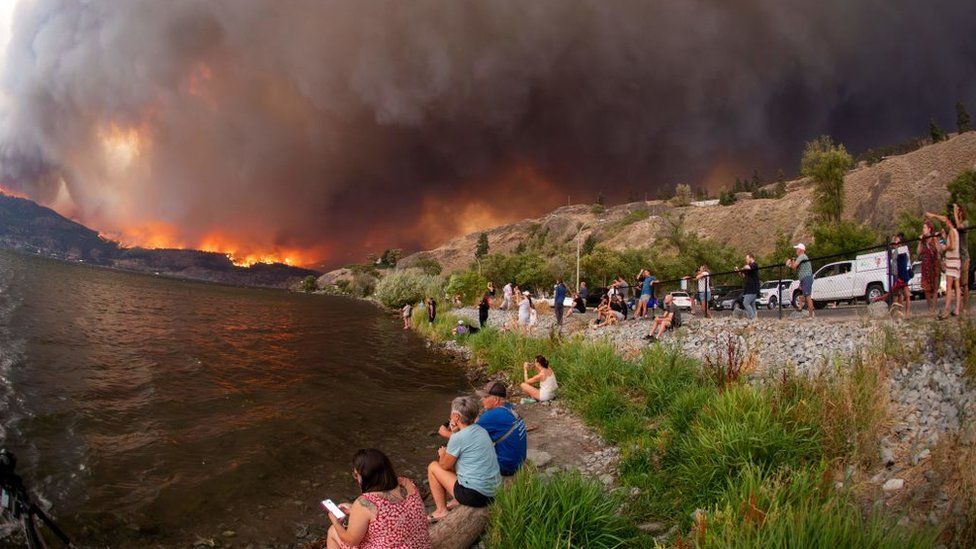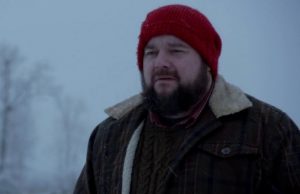Residents are rushing to flee Yellowknife by air and vehicle as an official deadline to evacuate has passed as a wildfire looms on the city’s outskirts.
The Northwest Territories of Canada are currently home to about 22,000 people, or nearly half of the region’s population, due to the worst fire season on record.
In the past 24 hours, a different fire in the west that threatens Kelowna, British Columbia, has multiplied 100 times.
Officials have warned the fires “are very active and very unpredictable”.
“The stress of leaving your home not knowing if it will be there when you return is now a reality faced by thousands,” Harjit Sajjan, Canada’s minister of emergency preparedness, said at a news conference on Friday.
Also Read: Who is Tristan Brian Jackson? Baltimore teen arrested for firing into crowd during block party
He claimed that the magnitude of the harm caused by what has been a “incredibly challenging week for Canadians” is yet unknown to the federal government.
After dramatically expanding over night, the McDougall Creek Wildfire in Kelowna, in the western province of British Columbia, now poses a very worrying threat to life and property.
The fire, which was first assessed to be 1,100 hectares in size early on Thursday evening, is now thought to be 6,800 hectares, according to the BC Wildfire Service.
“The winds were very concerning and we didn’t know where things are going,” Mr Sarjjan told reporters.
On Friday morning, local BC officials proclaimed a state of emergency. Since then, more than 2,500 properties have been evacuated, and thousands more are on alert to leave immediately.
According to officials, “significant structural loss” has already been reported, notably in Trader’s Cove in the Okanagan Valley, where the fast-moving fire is advancing towards a city with a population of approximately 150,000.
At a press conference, West Kelowna fire chief Jason Brolund stated, “We fought hard last night to protect our community.”
In his words, saving local residents and saving their homes had required “a hundred years of firefighting all at once in one night” of effort.
Although there haven’t been any confirmed fatalities, Mr. Brolund said the fire is still “dynamic” and “as significant today as it was last night,” giving a hint as to what may happen in the coming days.
While waiting for developments, Juliana Loewen, a resident of Kelowna who is not currently subject to evacuation orders, is huddling with more than a dozen other people at her property on Okanagan Lake.
Locals had witnessed what they described as a “ominous cloud of destruction” forming over the mountainside, and those on the Trader’s Cove side had leaped into the lake as the fire spread and escape routes became clogged.
Businesses have closed, the roads are congested, and neighbours are sitting on their lawns throwing valuables into their cars.
All aircraft other than aerial firefighters are no longer allowed to fly in the airspace near Kelowna International Airport.
Nearly 1,100 active fires are burning across the country.
Experts have pointed to a warmer and drier spring than normal as the reason.
Scientists say climate change increases the risk of the hot, dry weather that is likely to fuel wildfires.







